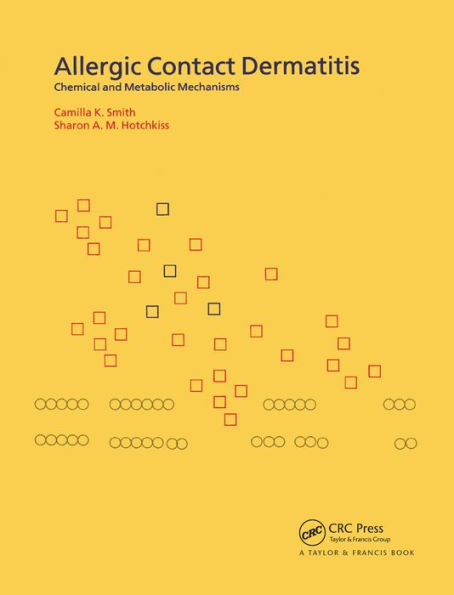5
1

Allergic Contact Dermatitis: Chemical and Metabolic Mechanisms
336
Allergic Contact Dermatitis: Chemical and Metabolic Mechanisms
336
105.49
In Stock

Product Details
| ISBN-13: | 9781000893779 |
|---|---|
| Publisher: | CRC Press |
| Publication date: | 01/06/2023 |
| Sold by: | Barnes & Noble |
| Format: | eBook |
| Pages: | 336 |
| File size: | 19 MB |
| Note: | This product may take a few minutes to download. |
About the Author
From the B&N Reads Blog
